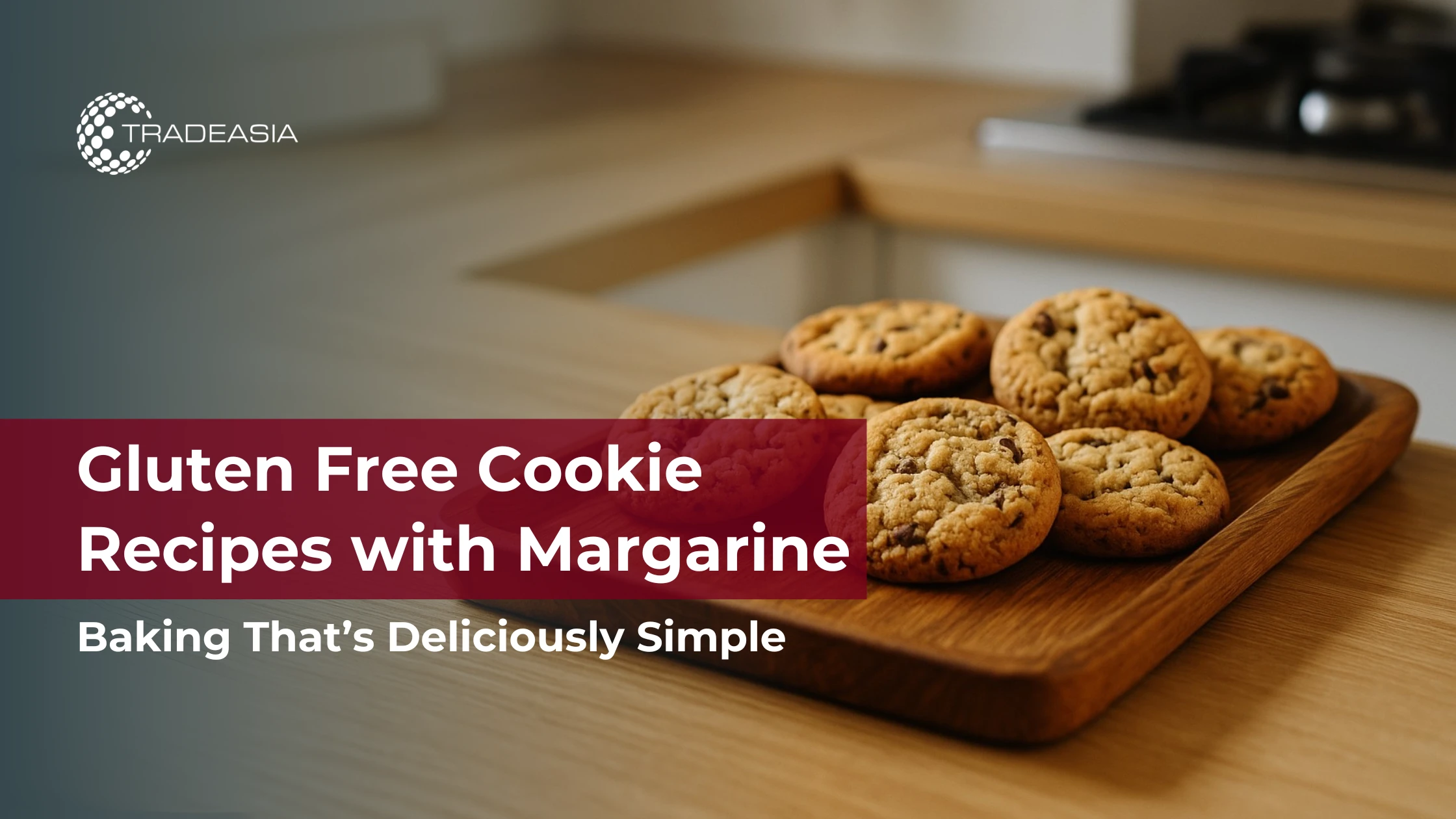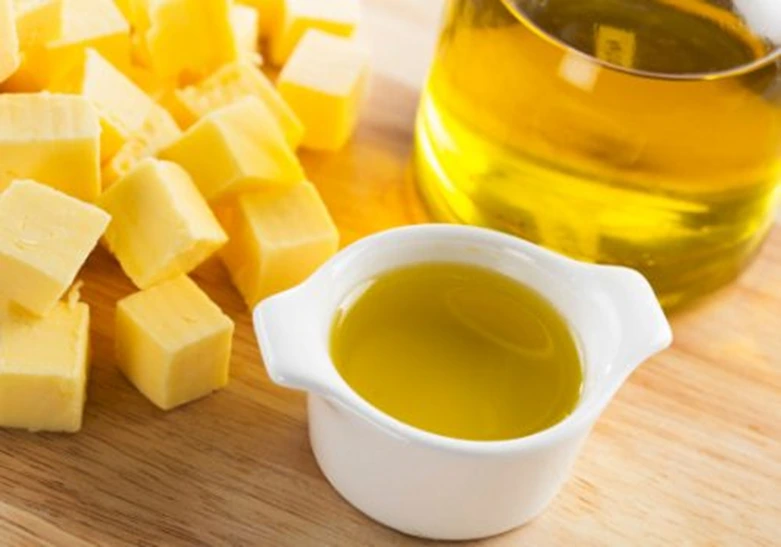Introduction: Why Margarine Works in Gluten-Free Baking
If you’ve ever baked gluten-free cookies, you know the biggest challenge is texture. Without gluten, cookies can turn out crumbly, flat, or dry. That’s where margarine really shines. It brings back the chewiness and softness that people expect, while also being cost-efficient and adaptable for both home kitchens and commercial bakeries.
Interestingly, margarine is naturally gluten-free. It’s usually made from vegetable oils, water, and emulsifiers — no wheat proteins involved. As long as cross-contamination is avoided during production, margarine can safely be used in gluten-free recipes, giving manufacturers and bakers peace of mind.
Why Margarine Is a Reliable Choice?
Beyond simply being gluten-free, margarine brings a set of qualities that make it stand out — especially when compared with butter oil.
-
Moisture retention: Margarine generally retains moisture better than butter oil, which means gluten-free cookies stay softer for longer. Butter oil, while rich, tends to evaporate or dry out faster in baked goods.
-
Consistent texture: Industrial margarines are engineered to give predictable spread and structure, helping bakers achieve that balance of a crisp exterior and a tender center. Butter oil, on the other hand, is less stable and can create uneven textures if not carefully managed.
-
Neutral flavor: Unlike butter oil, which carries a pronounced dairy note, margarine’s mild taste allows other ingredients like chocolate, oats, or nuts to shine without being overshadowed.
For gluten-free bakers, this balance of functionality and neutrality makes margarine more than just a butter alternative — it becomes a structural “secret weapon” in cookie formulations.
Learn more about margarine compared with butter oil at FoodAdditivesAsia’s article.
Margarine as an Industry Product
When we step away from the home kitchen and look at the food industry, margarine isn’t just a simple butter substitute. It’s a carefully formulated product designed to meet the demands of mass production. Manufacturers rely on margarine because it delivers consistency at scale: the same texture, same melting behavior, and the same mouthfeel, batch after batch.
Industrial margarines are often tailored to specific applications. For example, one blend might be optimized for laminated doughs like croissants, while another is made for cookies where spread control is essential. This customization is possible because margarine is essentially an engineered fat system — food technologists can adjust oil sources, emulsifiers, and water content to get exactly the performance they need.
In the case of gluten-free cookies, margarine plays an even more important role. Without gluten to provide structure, manufacturers need a fat source that helps “bind” ingredients while keeping the texture soft. Margarine’s stable emulsion helps distribute fat evenly through the dough, which prevents crumbling during production and packaging. It also improves shelf life by maintaining moisture in a way butter alone cannot.
From a commercial standpoint, margarine is also attractive because of its cost efficiency and supply stability. Plant-based oils used in margarine production are widely available across regions, making it easier for bakeries and large-scale producers to manage costs while still delivering products that meet consumer expectations for taste and texture.
According to the another article, most margarines are naturally gluten-free.
Gluten-Free Cookie Recipes with Margarine
Here are two recipes you can try that show exactly why margarine deserves a spot in gluten-free baking:
Gluten-Free Chocolate Chip Cookies
Ingredients:
Method:
-
Heat oven to 180°C (350°F).
-
Beat margarine and sugars until fluffy. Mix in eggs and vanilla.
-
Stir in flour, baking soda, and salt. Fold in chocolate chips.
-
Drop spoonfuls of dough onto a tray and bake for 10–12 minutes.
Gluten-Free Oatmeal Raisin Cookies
Ingredients:
Method:
-
Heat oven to 180°C (350°F).
-
Cream margarine with sugars, then add eggs and vanilla.
-
Stir in flour, baking soda, and cinnamon. Fold in oats and raisins.
-
Bake for 12–15 minutes until edges are firm.
Both recipes keep the texture moist and chewy thanks to margarine.
Wrapping Up
Gluten-free baking doesn’t have to feel like a compromise. With margarine, you can create cookies that are just as indulgent as their wheat-based versions. For bakers and food manufacturers, margarine offers consistency, cost efficiency, and a gluten-free guarantee that meets rising consumer demand.
Check out more about margarine and its technical documents at FoodAdditivesAsia.com.


Leave a Comment